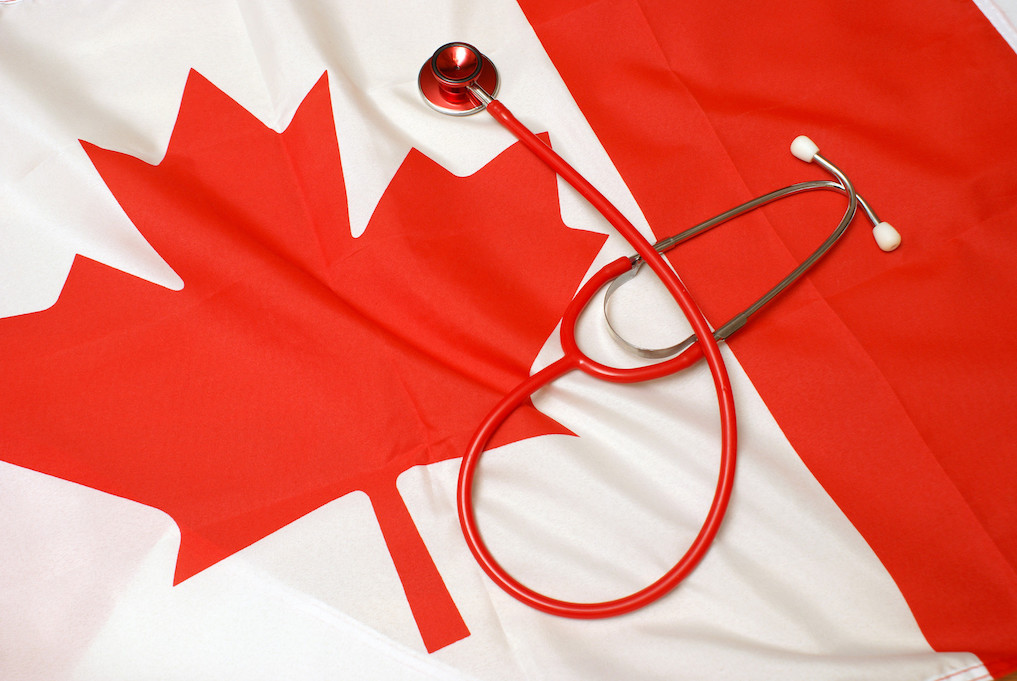Written by Dr. Bob Bell and Dr. David Price
House calls may seem like a nostalgic throw-back to the time when a solo GP doctor looked after a family’s needs in a very personal way. The service included visiting a sick child in their bed at one end of the age spectrum and checking in on homebound frail seniors at the other end of the lifespan.
Family doctors of course continue to provide house calls for palliative care patients, for special needs children who depend on technology in the home, and generally to patients who have significant mobility challenges getting into the office.
But, in addition to the obvious benefit of avoiding unnecessary travel for patients with mobility challenges, house calls also offer a special opportunity for the primary care provider to assess the patient in their home environment and to evaluate the environment itself.
A medication reconciliation at the patient’s medicine cabinet may determine that the patient is using meds obtained from other physicians that the primary care doctor did not recognize. Hazards such as throw rugs at the top of stairways can be identified and eliminated. And the patient’s comfort at being interviewed in their own home may reveal historical features that are not apparent in the typical office encounter.
The value of house calls is offset by the inconvenience of a busy practitioner taking time to travel to the patient’s home. The value may be further reduced as the visits findings cannot be entered into the medical record until after the doctor returns to their office.
In order to achieve some of the benefit of the house call visit without the inconvenience, Dr. David Price, Chair of the Department of Family Medicine at McMaster University and colleagues in the McMaster Family Health Team have created a program called Health TAPESTRY. Health TAPESTRY works with pairs of trained volunteers who visit the patient in their home and do an assessment based on a structured interview recorded on a tablet computer.
During the visits, volunteers find out what is most important to the patient and record the information on an iPad using a web-based software application called the “TAP-App”. Following the visit, the App generates a customized summary “TAP-Report”, which is uploaded into the patient’s EMR. The primary care physician and an interprofessional team including pharmacists, dietitians, rehabilitations specialists, and social workers, review the report and plan together how they will provide care to the patient.
The volunteers are trained by community providers (at present either the Canadian Red Cross or the Windsor-Essex Compassion Care Community). After an initial feasibility study at McMaster FHT, Health TAPESTRY is now being implemented in six primary care environments across Ontario. The sites include large and small communities as well as rural practices.
Health TAPESTRY is being evaluated by a Randomized Control Trial method whereby patients are randomly assigned to either an intervention or control group. All patients receive a home visit from a volunteer pair, but the intervention group receives the program right away, whereas the control group receives it after 6 months. The evaluation will test whether the same improvement in care demonstrated in the initial evaluation at McMaster can be replicated across six primary care sites.
As part of the intervention, the primary care team develops a plan of care based on information gathered by the volunteers in the TAP-Report as well as standard medical information available to the treatment team. This plan of care is developed and shared with the patient and reflects the patient’s social as well as health care goals.
As of May 1, 2019, 141 volunteers were recruited and trained. 584 clients agreed to participate in Health TAPESTRY from the six primary care teams and 617 home visits were completed with more than 450 clients.
The initial study done in Hamilton with 312 people found that the information in the TAP-Reports revealed features not always known to the primary care team prior to the home visit report including:
- 22% had a fall in past year;
- 35% used five or more medications;
- 35% suffered from urinary incontinence;
- 47% were at high nutritional risk based on standard questionnaire criteria;
- 79% had sub-optimal physical activity;
- 54% wanted to talk about end of life planning with their doctor.
The study, recently published in the CMAJ, also found that older adults that participated in the program spent more time walking, had fewer hospitalizations, and saw their primary health care team more.
Health TAPESTRY makes use of the desire of people of all ages to contribute to social good through volunteer work. The volunteers undergo extensive training and conduct home visits in pairs, which helps to reduce risk. The mobile device and design of the TAP-App and report is crucial to the standardized format used to collect information about the patient’s health, social engagement and functioning in the community.
The TAP-App is designed to work in tandem with any EMR system and the work flow of the TAP-Report fits into the team huddle concept.
Ontario’s aging population and increasing prevalence of chronic disease represents a challenge for our health system. It is difficult for the primary care provider to keep track and chart all of a patient’s concerns. It is challenging for a patient to remember everything they wanted to report to their doctor.
Health TAPESTRY extends the primary care team into the patient’s home for standardized assessment of the home environment and standardized information gathering from a client who is more comfortable in their home setting. It also helps promote teamwork using the TAP-Report as a focus for many different types of health care providers to plan care together.
The implementation is supported by a small grant from the MOHLTC and the evaluation is funded separately by a private donor. Now that the TAP-App and TAP-Report are designed and functional along with the interface to the EMR, the main costs are related to ongoing maintenance and delivery of the program. With further demonstrated efficacy of the program, cost-effective methods for training volunteers, scheduling visits, and reviewing the reports as an interprofessional team will undoubtedly develop.
Ontario’s publicly funded health system needs innovation in cost-effective care that improves patient outcomes and patient experience. Health TAPESTRY meets all of these requirements and if its evaluation remains positive, expect Health TAPESTRY to scale across the province and nation.
Click here to learn more about the recent randomized controlled trial evaluating the impact of Health TAPESTRY.







